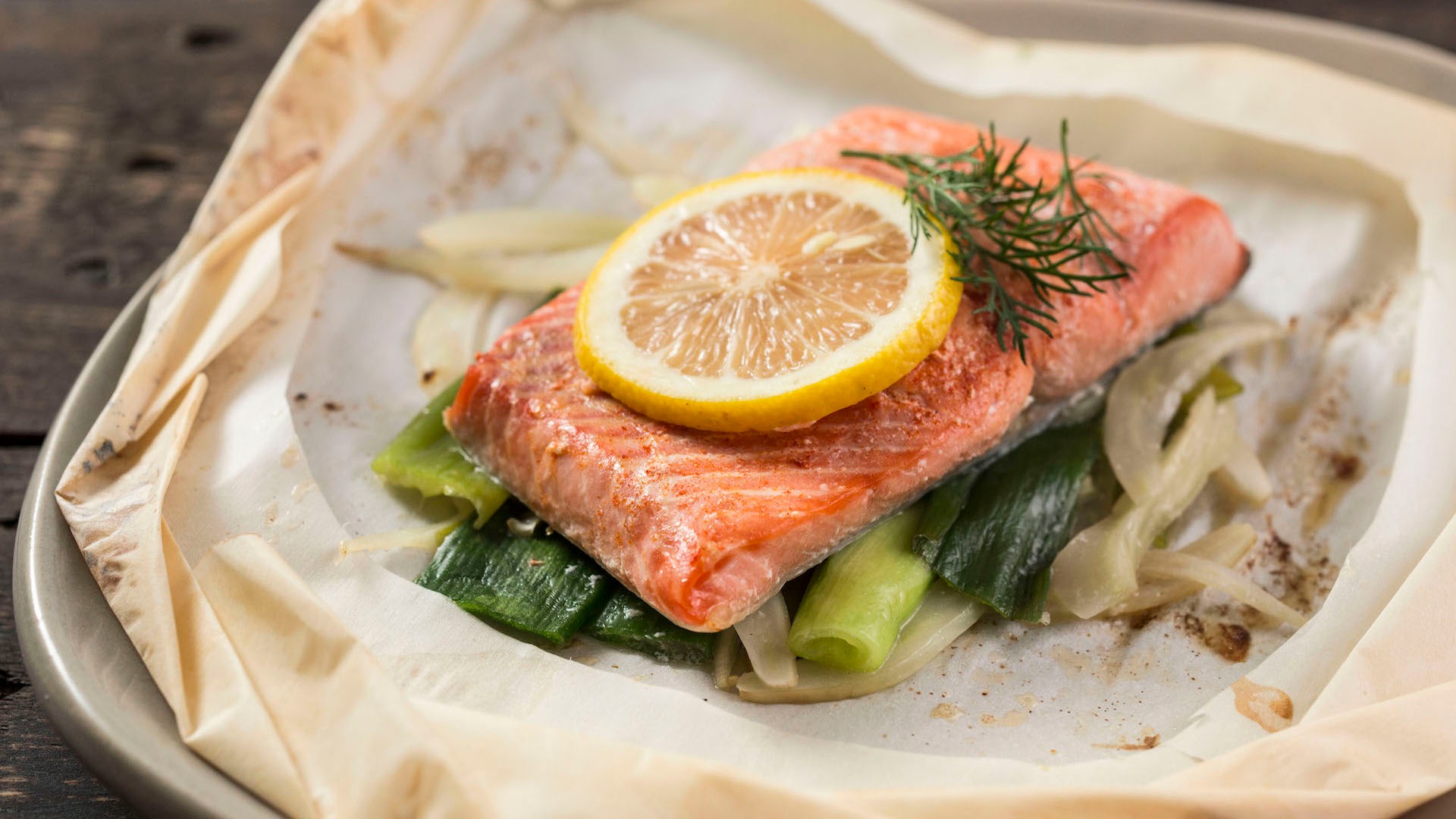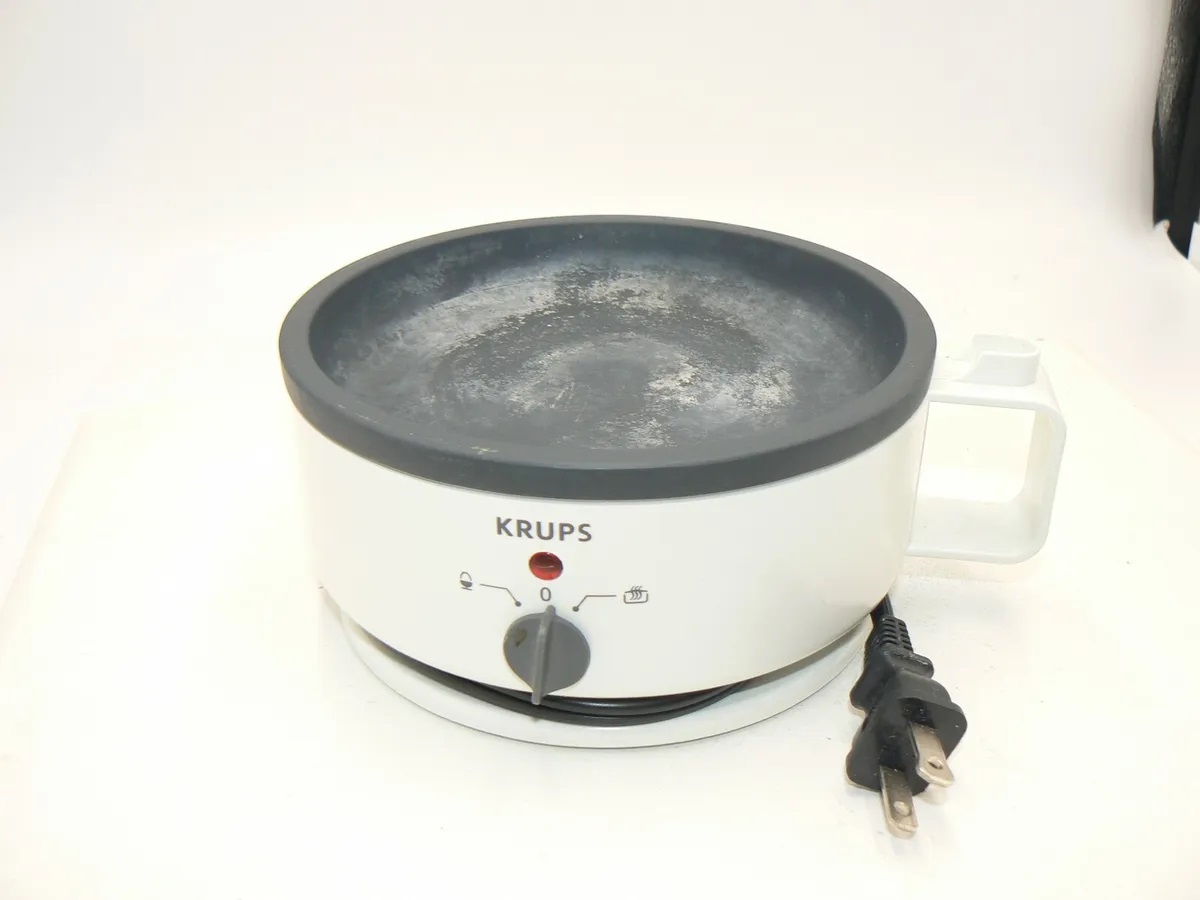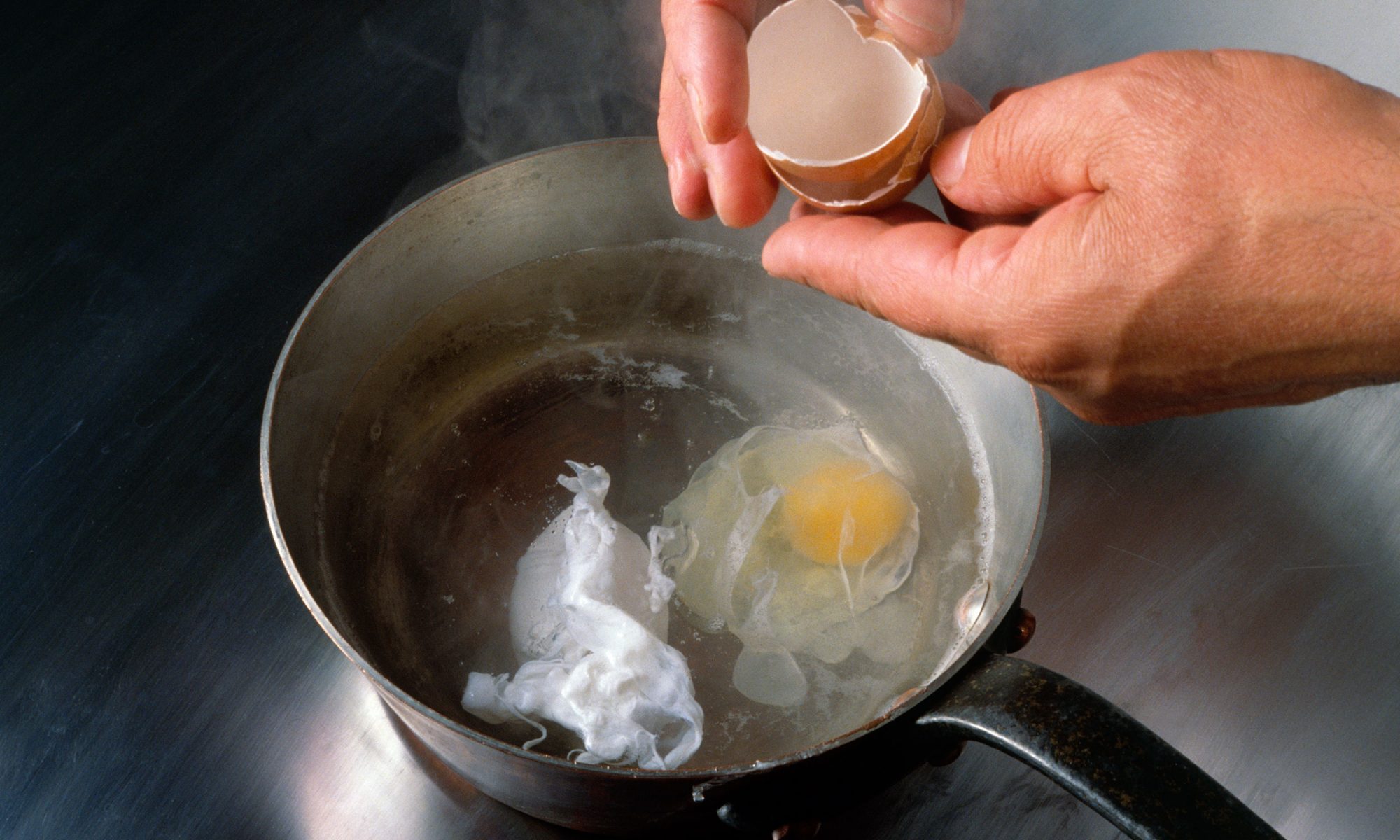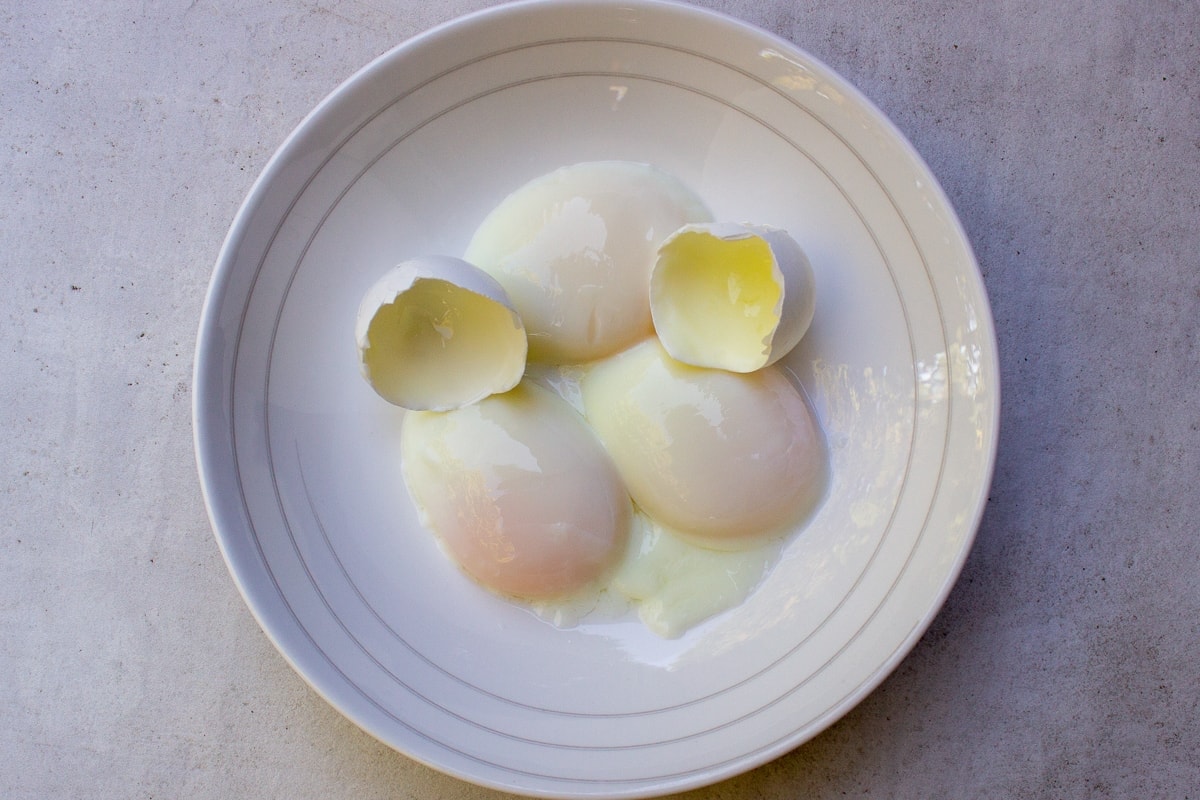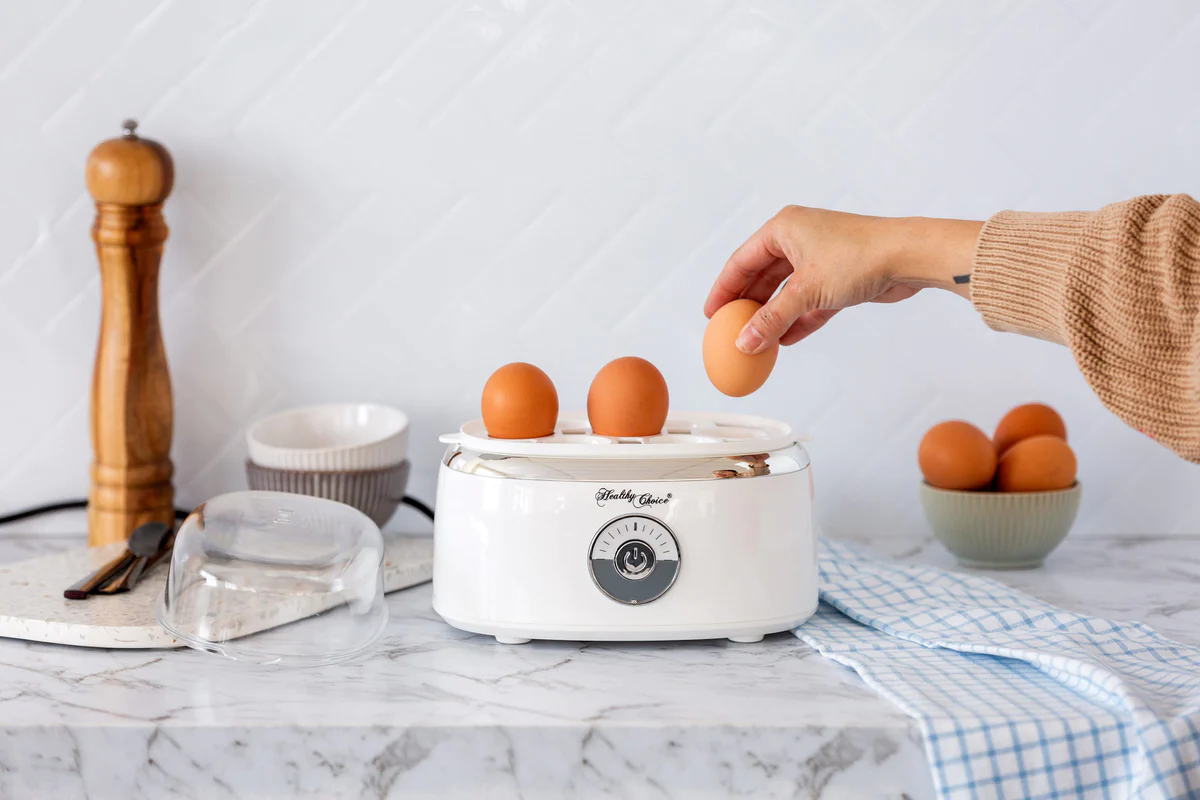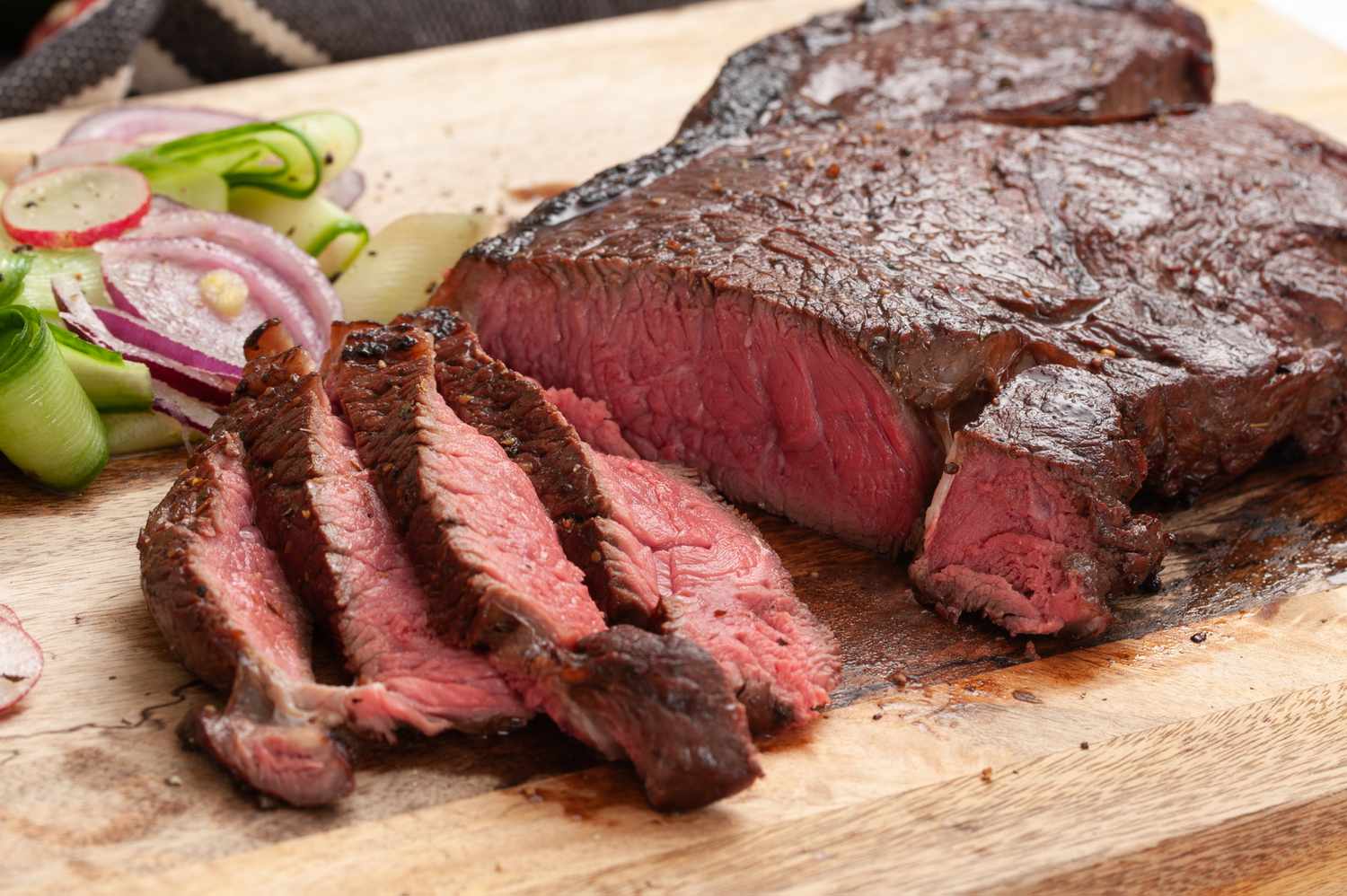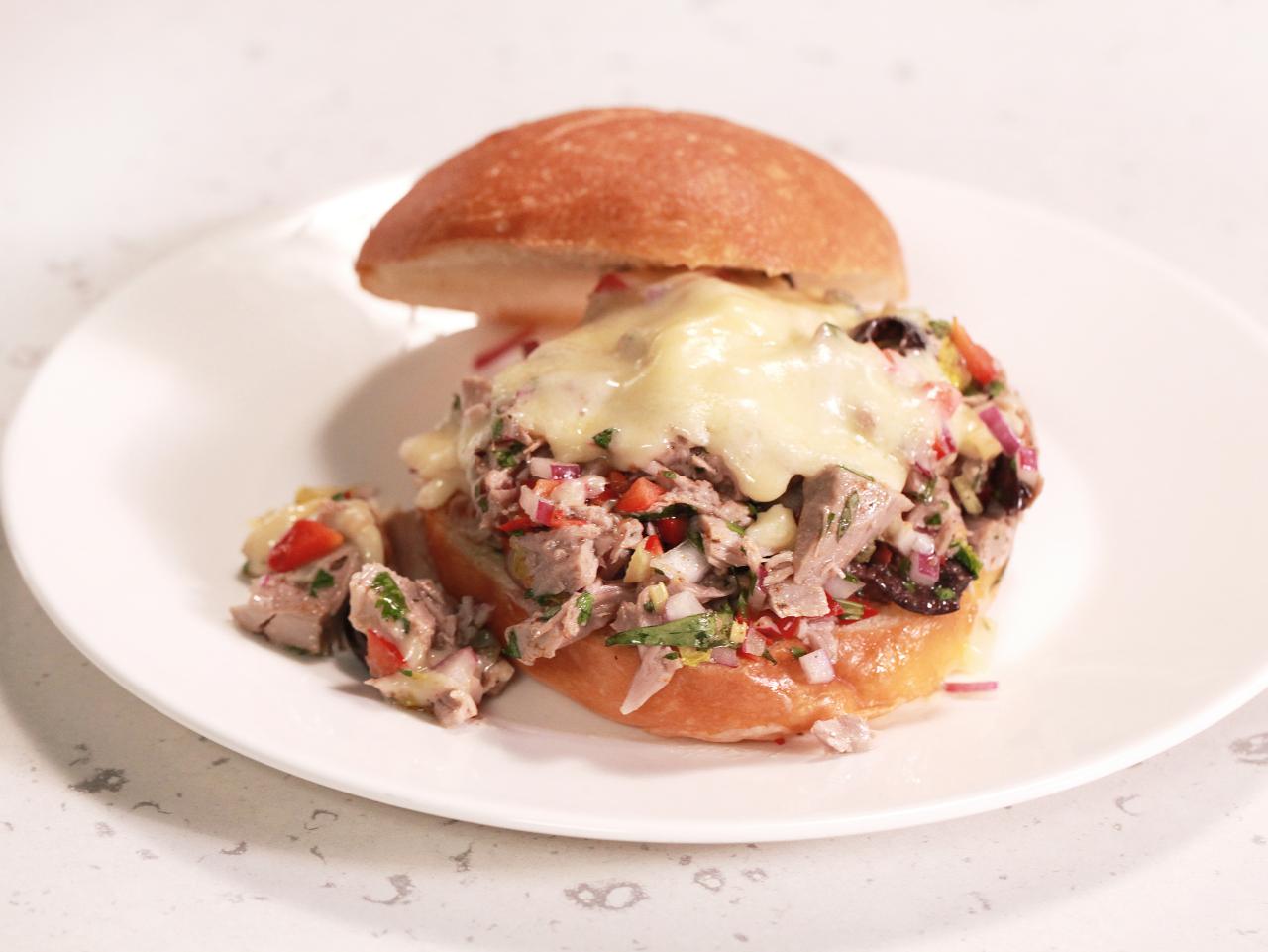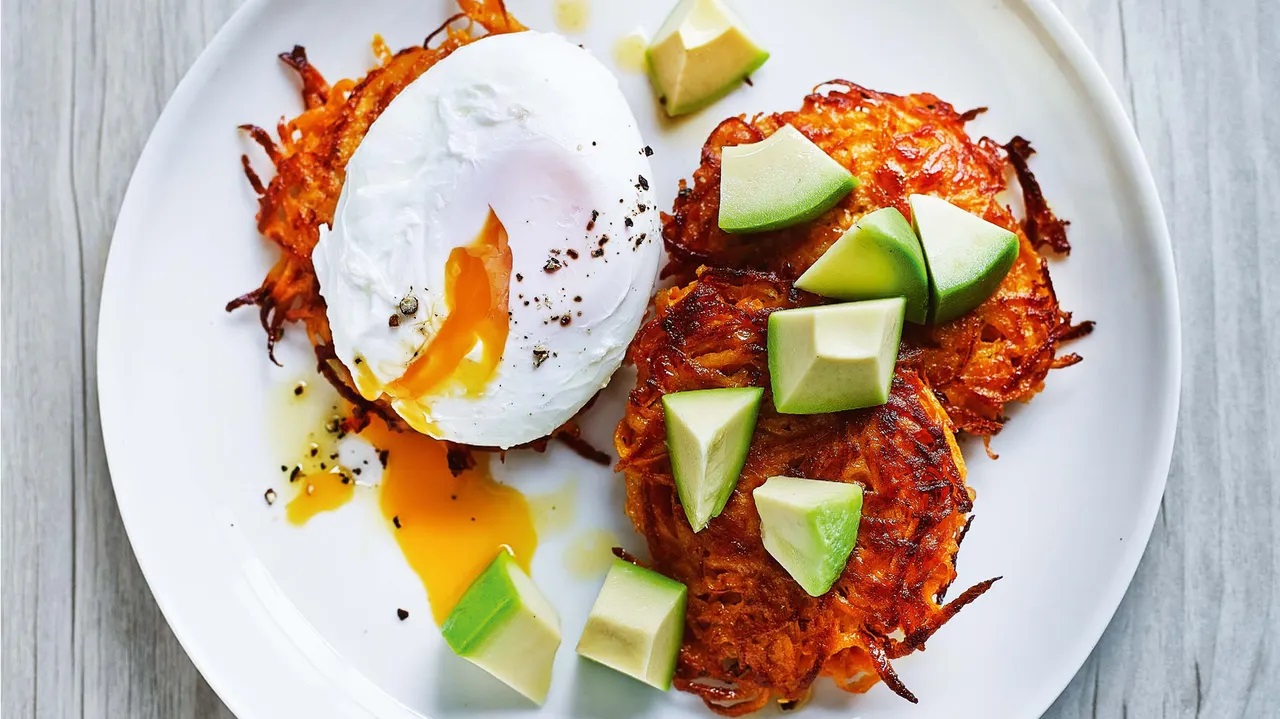How to Poach an Egg in a Plastic Bag
Are you looking for a convenient and mess-free way to poach an egg? Look no further! Poaching an egg in a plastic bag is a simple and efficient method that yields perfect results every time. Whether you’re a cooking novice or a seasoned pro, this technique is sure to streamline your breakfast or brunch routine. Read on to discover the step-by-step process for poaching an egg in a plastic bag.
What You’ll Need
Before you get started, gather the following items:
- A medium-sized pot
- Water
- Plastic sandwich bags
- Eggs
- Salt and pepper (optional)
- Slotted spoon
Step-by-Step Instructions
Follow these simple steps to poach an egg in a plastic bag:
- Fill a medium-sized pot with water and bring it to a gentle simmer over medium heat.
- While the water is heating up, crack an egg into a plastic sandwich bag. Be sure to remove any excess air from the bag before sealing it.
- Once the water is simmering, carefully place the sealed plastic bag into the pot. Allow the egg to cook for 4-5 minutes, or until the whites are set and the yolk reaches your desired level of doneness.
- Using a slotted spoon, carefully remove the plastic bag from the water and transfer the poached egg to a plate.
- Season the poached egg with salt and pepper, if desired, and serve immediately.
Tips for Success
Here are a few tips to ensure that your poached eggs turn out perfectly:
- Use fresh eggs for the best results.
- Be sure to remove any air from the plastic bag before sealing it to prevent it from floating in the water.
- Monitor the water temperature to maintain a gentle simmer throughout the cooking process.
- Keep a close eye on the eggs to avoid overcooking them.
Why Poach Eggs in a Plastic Bag?
Poaching eggs in plastic bags offers several advantages, including:
- Convenience: This method eliminates the need for special poaching equipment and minimizes cleanup.
- Consistency: Using a plastic bag helps the egg retain its shape, resulting in a perfectly poached appearance.
- Customization: You can easily poach multiple eggs at once by using separate plastic bags, making it ideal for serving a crowd.
Get Creative with Your Poached Eggs
Once you’ve mastered the art of poaching eggs in plastic bags, the possibilities are endless. You can serve your poached eggs on toast, English muffins, or alongside a vibrant salad. Get creative with toppings such as avocado, smoked salmon, or hollandaise sauce to take your dish to the next level.
Now that you have the know-how to poach an egg in a plastic bag, it’s time to put your skills to the test. Whether you’re cooking for yourself or hosting a brunch gathering, this technique is sure to impress. Enjoy your delicious, perfectly poached eggs!
For anyone looking to master the technique of poaching eggs in plastic bags, there are several delicious recipes to try out. Start with the Avocado Toast with Poached Egg, a simple yet flavorful breakfast option that combines creamy avocado with a perfectly poached egg. For a more substantial meal, the Poached Egg and Quinoa Breakfast Bowl offers a protein-packed start to your day, blending the delicate texture of a poached egg with the nutty crunch of quinoa. If you’re in the mood for something more indulgent, the Classic Eggs Benedict with Poached Eggs is a must-try, featuring a rich hollandaise sauce over poached eggs and Canadian bacon. Each of these recipes will help you practice your poaching skills while creating satisfying and delicious meals.

